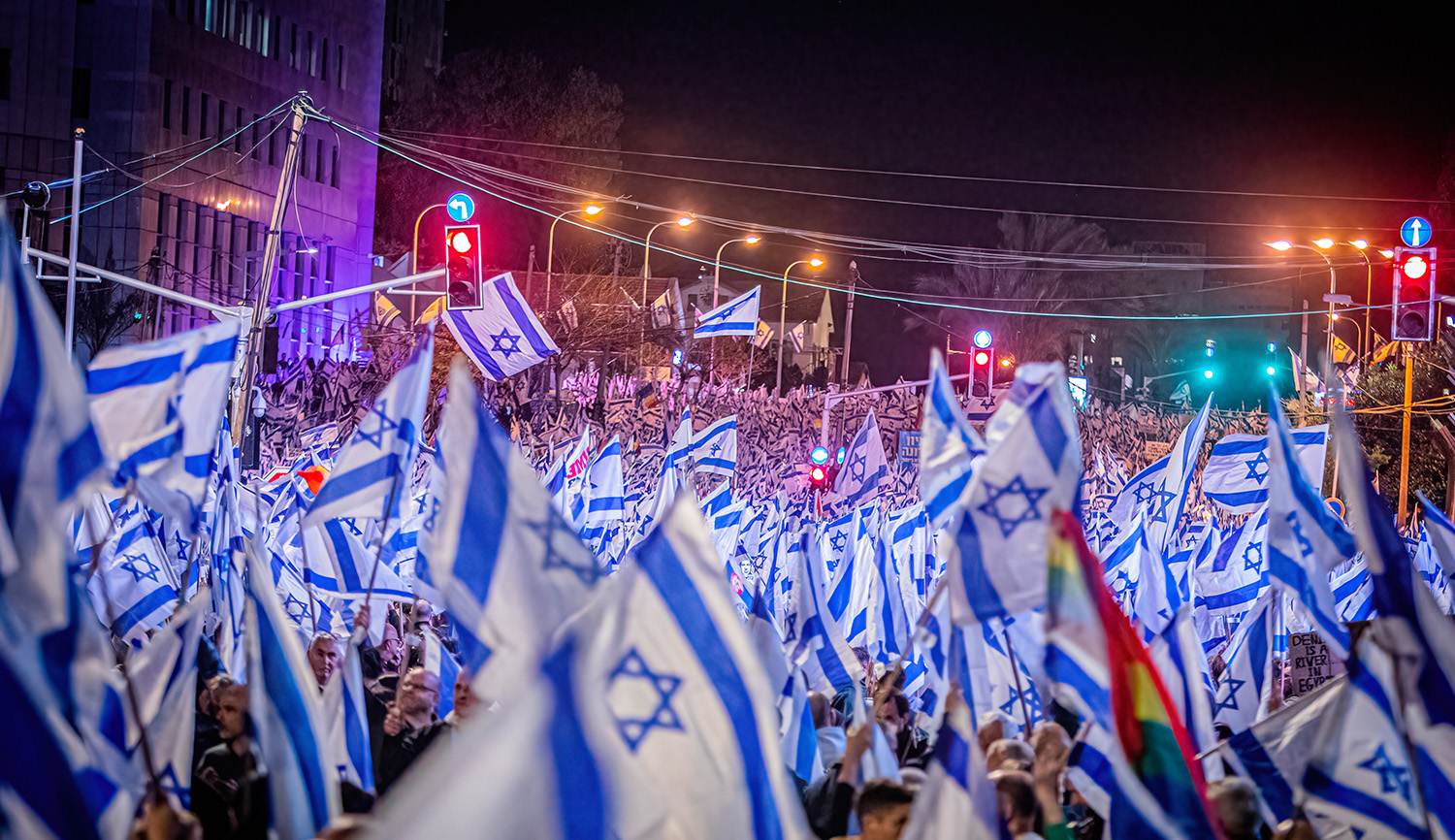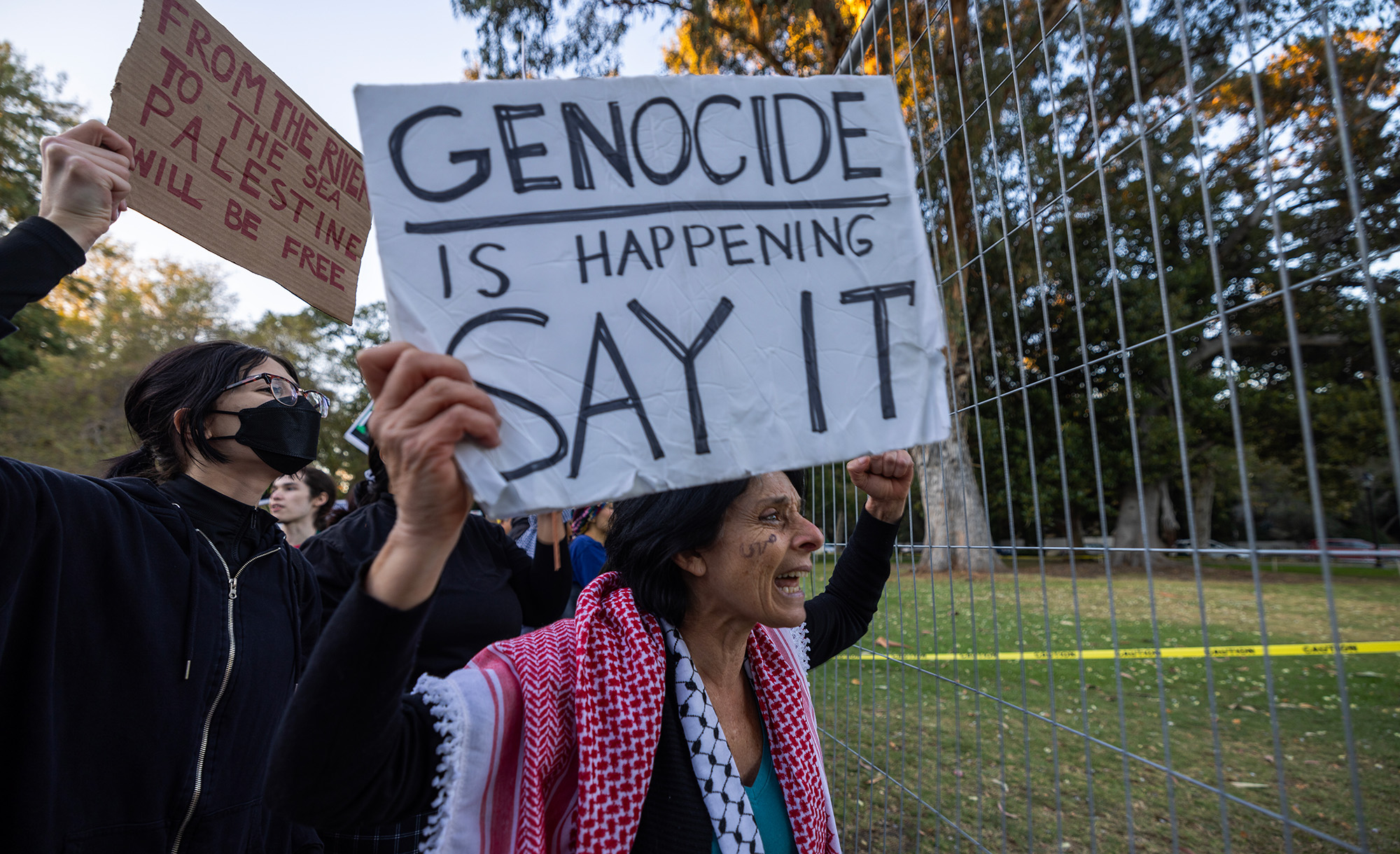Completed in 515 BCE, the Second Temple in Jerusalem was the focal point of Judaism until its destruction nearly six centuries later. Lawrence Schiffman provides an introduction to the Temple’s history, its significance in Judaism and Christianity, and the conflicts surrounding it in the latter part of its existence:
The Second Temple and its rituals were a point of contention between various Jewish groups, with numerous [ancient] texts criticizing the Temple for violating the laws of the Torah. The Pharisees’ and Sadducees’ disagreement led to inconsistent control of Temple rituals. Sadducean views held sway until the Pharisaic approach came to dominate after the Maccabean revolt [in 160 BCE], but the Sadducees regained control later in the Hasmonean period. The Dead Sea sectarians [associated with the Dead Sea Scrolls], who believed Temple ritual was being conducted illegitimately, abstained completely. Josephus reports that the Essenes processed offerings in their own area of the Temple in order to fulfill their special ritual-purity requirements. The Temple Scroll from Qumran, like the end of the book of Ezekiel, looked forward to a vastly expanded Temple complex.
Josephus records numerous events around the Temple during pilgrimage festivals, often related to the deteriorating relationship between the Jews and their Roman rulers. Huge numbers of Jews from all over the world attended the pilgrimage festivals. According to [the Jewish-Roman historian] Josephus, 256,500 lambs were sacrificed to accommodate more than 2.7 million people at the Passover celebration of 66 CE. While this may be an exaggeration, Josephus also reports that during that Passover, right before the outbreak of the great revolt [that culminated in the Romans’ destruction of the Temple], a massive protest erupted against the actions of the Roman procurator Florus.
More about: Ancient Israel, ancient Judaism, Dead Sea Scrolls, Ezekiel, History & Ideas, Josephus, Pharisees, Second Temple


